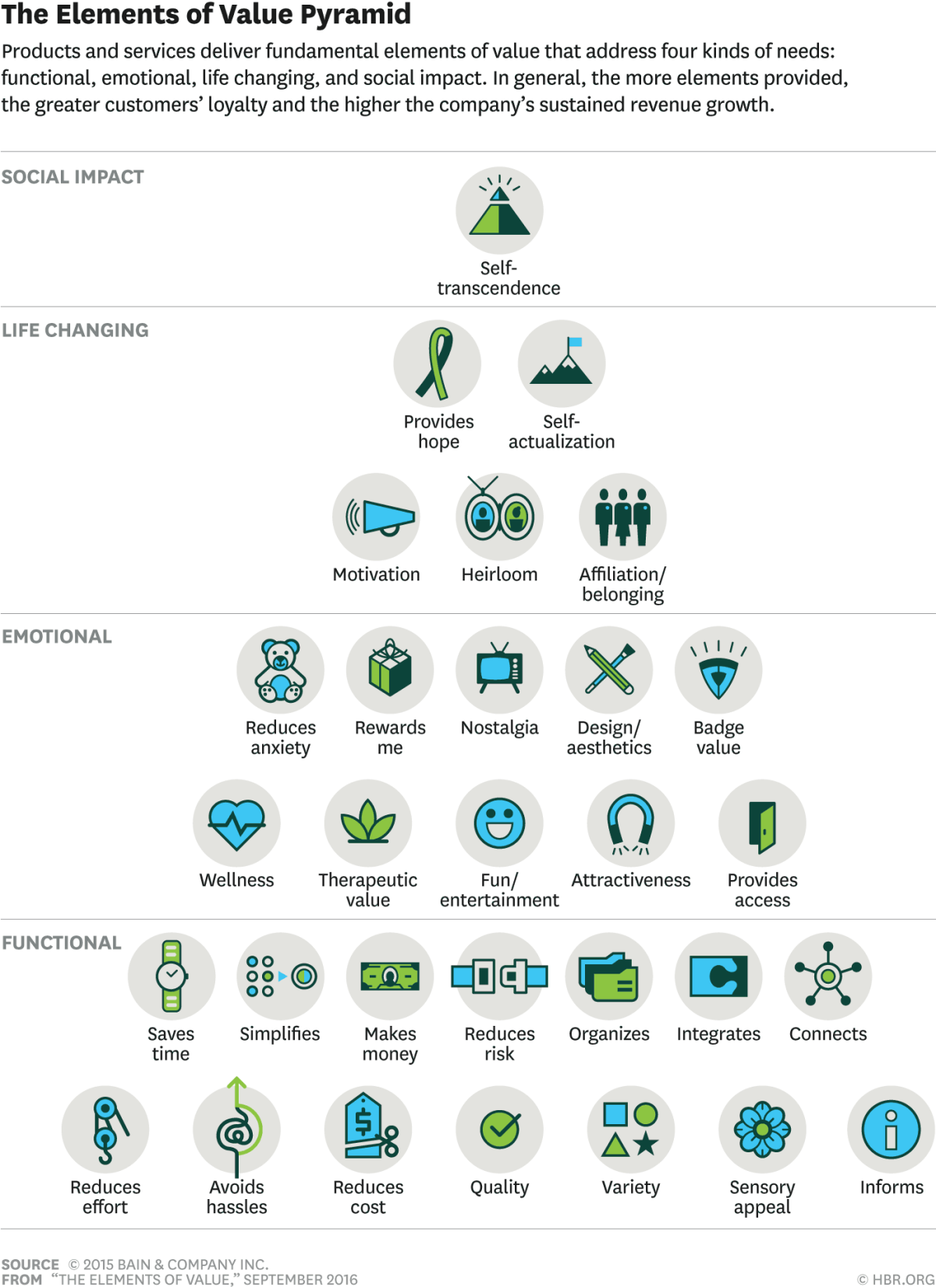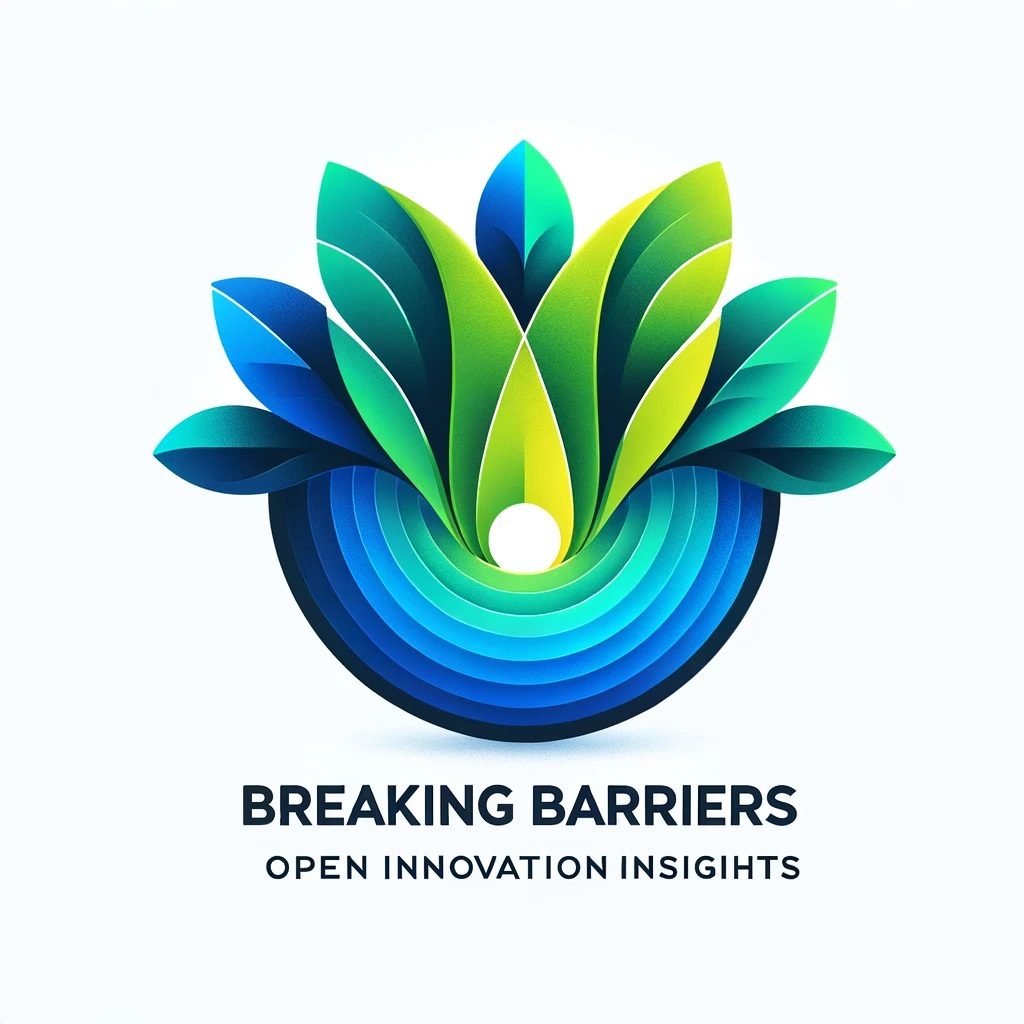In an ever-evolving landscape and environment, organizations must overcome the hurdle of proving the real-world benefits of their technology investments. This article covers a systematic framework for organizations to synchronize their technological advancements with broader business goals, transforming technology into a significant catalyst for success rather than merely an isolated tool. This approach, which results from learnings and insights from various cross-functional projects across business processes and functions, should guide organizations in leveraging technology to its fullest potential.
#1 Start by Focusing on Processes
It may appear contradictory to the concept of innovation, but in organizations that are either well-established or have at least one product on the market, processes play a vital role in maintaining competitive advantage. In these organizations, processes provide the necessary groundwork, structure, anchorage, and a realistic context that nurtures innovative efforts; processes serve as crucial foundations that facilitate the implementation of strategies and, therefore, competitive intelligence. These established methods offer the essential framework and context needed for innovation to flourish and take various forms and shapes. (Ref: Sustaining Digital Health Business Models Through Process Intelligence). The effectiveness of technology should be gauged by how well it supports and enhances the various intermediary processes within an organization, as well as its compatibility with the environment in which it will be implemented. Essentially, any business process within an organization can be classified into one of two categories –
- Operational – An operational process refers to a systematic sequence of activities or tasks designed to create a particular service or product. Characterized by their repetitive nature, these processes stem from an organization’s core competencies. The primary goal is to achieve economies of scale and enhance efficiency, effectiveness, and excellence. This ensures the organization excels in what it does best, ultimately fulfilling customer needs through its products and services.
- Management – Management processes encompass the strategies and methods used to organize, examine, analyze, make decisions on, and communicate about business challenges. These processes cover a range of activities, including strategic planning, talent management, budgeting for expenses and capital, managing performance systems, planning products, and managing costs through accounting. The main goals of management processes are to identify and pursue new opportunities, develop and sustain core competencies, and secure a competitive edge for the organization. Additionally, they aim to maintain an effective organizational structure and culture.
It’s important to remember the above distinction to have a clear understanding of the objectives and expectations of each process type. The two essential things to remember –
- mere application of technology never creates value
- within corporate boundaries, technology only enables value realization towards achieving organization’s objectives, and it’s always within the context of organizational processes. Sometimes, I notice a sense of surprise or skepticism when I share my views on innovation. It’s a humble observation, but my perspective can occasionally spark controversy or raise eyebrows – “Technology is an Enabler and not a Creator of Business Value“. So, I will explain the reasoning behind it.
- Technology as an Enabler: The idea here is that Technology does not inherently create value. Instead, it acts as a tool or a facilitator that enables individuals, businesses, and societies to achieve goals that can create value. For example, a software program doesn’t inherently add value; it’s how people or companies use it to improve efficiency, solve problems, or create new products or services that generate value.
- Not a Creator of Value: This statement emphasizes that Technology alone cannot create value. The actual value comes from the application of Technology. It requires human insight, innovation, creativity, and combining multiple technologies to create something valuable. For instance, the internet is a powerful technology, but its value comes from connecting people, disseminating information, and enabling commerce.
- Implications: This perspective often focuses on integrating and using Technology within a broader context. It suggests that investment in Technology needs to be accompanied by considerations of how it will be applied, the skills and knowledge required to use it effectively, and how it fits into an organization’s processes, and “Processes are the Vehicle for Implementing Organization’s Short and Long-Term Strategies to Compete.”
#2 Treat technology as one, among many other enablers, of the business strategy in an organization
The benefits derived from integrating technology into the intermediate steps or specific stages of a process typically encompass one or more of the following areas: –
- Automation
- Information
- Transformation
Understanding the primary goal of technology in a process—whether for automation, enhancing information access, or transformation—facilitates a more straightforward assessment of the technology’s business value. For instance:
- Automation: The extent to which technology automates tasks, freeing time for employees to focus on more value-added activities. An example includes quantifying the level of automation and the hours saved that can now be allocated to other important tasks.
- Information: The improvement in accessing crucial information for decision-making and innovation. For example, the reduced time required to research scientific journals from two days to just five minutes highlights the technology’s impact on information accessibility.
- Transformation: How technology transforms existing data or information into new knowledge that can create superior products and services. This involves evaluating how much technology has contributed to fostering a knowledge-based economy within your organization, pushing forward digitization efforts, or, as a simple measure, moving your organization closer to exponential growth.
Organizations can more effectively quantify the business value generated by their technological investments by pinpointing the expected outcome from technology in these areas.
#3 Be realistic about what technology can and can’t do
Expecting technology alone to directly enhance an organization’s financial performance, such as revenue or market share, is unrealistic. Improvements in these areas result from a combination of factors, including the choice of business strategy. Any positive change in an organization’s overall performance, whether it’s an increase in revenue or market share, reflects the cumulative value contributed by all its business functions. This includes Marketing, HR, Finance, Supply Chain, Sales, R&D, Manufacturing, and Technology Services. Each department plays a crucial role in the organization’s success, and their combined efforts drive the overall outcomes.
Here are a few examples of business value metrics from Healthcare, Pharma (R&D), and Finance Industries-
| Business Process Category (Industry) | Automation | Information | Transformation |
| Operational (Healthcare) | – Increase reliability, throughput in patient record management | – Improved quality, waste reduction, agility in diagnostics and treatment planning | – Better patient relationships, faster adoption of innovative treatments |
| – Streamline workflow processes in appointment scheduling | – Enhanced data accuracy in patient health records | – Enhanced operational flexibility in handling patient surges | |
| – Automate repetitive tasks like medication dosage calculation | – Real-time tracking of patient vitals | – Integration of telemedicine for remote patient care | |
| Operational Processes (Pharma R&D) | – Automation in drug discovery processes (e.g., high-throughput screening) | – Enhanced data analysis for clinical trial results | – Faster transition from research to drug development |
| – Streamline research data management | – Real-time monitoring of R&D project progress | – Accelerating innovation in drug formulation and testing | |
| – Automated regulatory compliance tracking | – Improved predictive analytics for drug efficacy and safety | – Enhanced collaboration with biotech and research institutions | |
| Operational Processes (Finance) | – Automated trading systems | – Real-time market data analysis | – Implementing innovative financial products and services |
| – Streamline loan processing and approval | – Enhanced risk assessment models | – Digital transformation in banking operations | |
| – Automation in fraud detection and prevention | – Improved financial forecasting and budgeting | – Expanding into new financial markets and sectors | |
| Management Processes (Healthcare) | – Reduce administrative expenses in billing and insurance processing | – Quality of decisions in hospital resource allocation | – Competitive advantage through advanced patient care technologies |
| – Streamline reporting mechanisms for regulatory compliance | – Better data-driven insights for public health strategies | – Fostering a culture of continuous improvement in patient safety | |
| – Optimize resource allocation in emergency response | – Improved risk assessment and management in patient care | – Expanding healthcare services to underrepresented communities | |
| Management Processes (Pharma R&D) | – Streamline project management and resource allocation | – Strategic decision-making based on R&D data insights | – Building strategic alliances for co-development and licensing |
| – Reduce time and cost in clinical trial management | – Enhanced knowledge management for drug development pipelines | – Creating new R&D approaches based on biotech and AI advancements | |
| – Optimize intellectual property management | – Accurate forecasting of drug development timelines and success rates | – Leveraging global talent and resources for innovative research | |
| Management Processes (Finance) | – Automated financial reporting and compliance | – Enhanced decision-making based on financial analytics | – Adopting sustainable and ethical investment strategies |
| – Streamlining asset and portfolio management | – Improved client insights for personalized financial services | – Developing fintech solutions for unbanked populations | |
| – Automating budgeting and forecasting processes | – Advanced data security and privacy management in financial transactions | – Innovating in mobile banking and digital currency ecosystems |
#4 Consult value pyramid below to map out appropriate value element(s) enabled
The Value Pyramid is a framework developed by Bain & Company to help businesses understand what their customers value the most. It is structured as a pyramid with layers representing different customer needs and desire levels.
 | The most fundamental needs at the pyramid’s base are the functional values. These include aspects like quality, cost, and performance. Customers expect these as basic requirements from any product or service. Moving up the pyramid, we find the emotional values. This level addresses how customers feel about a product or service. It includes elements like aesthetics, reputation, and service excellence. At this level, businesses want to connect with customers more personally and emotionally. The next level up is life-changing values. These are deeper, more impactful benefits, such as providing hope, motivation, or belonging. Products or services at this level significantly alter the customer’s daily routine or perception of the world. At the top of the pyramid are social impact values. These values transcend the individual and contribute to the broader social good. This includes values like sustainability, ethical practices, and community support. Products or services here are seen as contributing to a greater cause. By understanding this pyramid, businesses can tailor their offerings to meet not just the basic functional needs of their customers but also connect with them on emotional, life-changing, and social levels. This holistic approach can increase customer loyalty, advocacy, and overall business success. In summary, the Value Pyramid by Bain & Company is a tool for businesses to understand and cater to the wide range of customer values, from basic functional needs to higher-order emotional, life-changing, and social impacts. |
#5 Bringing it all together, through a few examples, within the context of Business Process Category, Value, and Targeted Areas for Application to enable value
|
Business Process Category |
Value Pyramid Level |
Healthcare |
Pharma (R&D) |
Finance |
| Management |
Functional Values |
Strategic planning for patient care efficiency, management of healthcare facilities. |
Strategic R&D planning, regulatory compliance management. |
Financial strategy development, compliance, and regulatory management. |
|
|
Emotional Values |
Developing patient-centric policies, managing patient relations. |
Brand reputation management, ethical research oversight. |
Customer relationship management, brand trust building. |
|
|
Life-Changing Values |
Health outcome improvement initiatives, quality of life enhancement strategies. |
Long-term R&D strategic planning for breakthrough drug development. |
Long-term financial planning for clients, financial education initiatives. |
|
|
Social Impact Values |
Public health policy advocacy, sustainable healthcare practice management. |
Sustainable and ethical R&D practices, corporate social responsibility initiatives. |
Socially responsible investing strategies, community financial support programs. |
| Operational |
Functional Values |
Day-to-day patient care, diagnostic and treatment procedures. |
Daily research activities, quality control in drug development. |
Daily financial operations, risk assessment procedures. |
|
|
Emotional Values |
Patient care experience, support services for patients. |
Employee engagement in research, customer service. |
Personalized financial services, client advisory services. |
|
|
Life-Changing Values |
Implementing new treatments and healthcare technologies, patient education. |
Clinical trials, patient-focused drug development. |
Financial planning services, support for major life decisions. |
|
|
Social Impact Values |
Community health programs, eco-friendly healthcare practices. |
Participating in public health initiatives, green practices in labs. |
Community financial education, eco-friendly business practices. |
#6 After completing the above steps, you should be ready to formulate a Business-Value Hypothesis for Innovation. Focus on setting measurable KPIs and detailing your data collection plan to test this hypothesis.
We believe that <this (TECHNOLOGY)> will result in <this outcome (VALUE)> for <this CUSTOMER> we will know we have succeeded when <we see a measurable signal> (SUCCESS CRITERIA)
The challenges of quantifying the value of technology investments for organizations in today’s tech-driven business landscape exist. And there is a need for a structured approach to aligning technology with business strategies, emphasizing that technology should enable processes rather than stand alone. As digital transformation and technology evangelists, we should focus on technology’s role in either automation, information, or transformation within organizational processes. Furthermore, technology alone cannot create value; instead, it acts as an enabler that requires human insight and application. Within this framework, the Value Pyramid approach by Bain & Company should help businesses understand and cater to various customer values.

